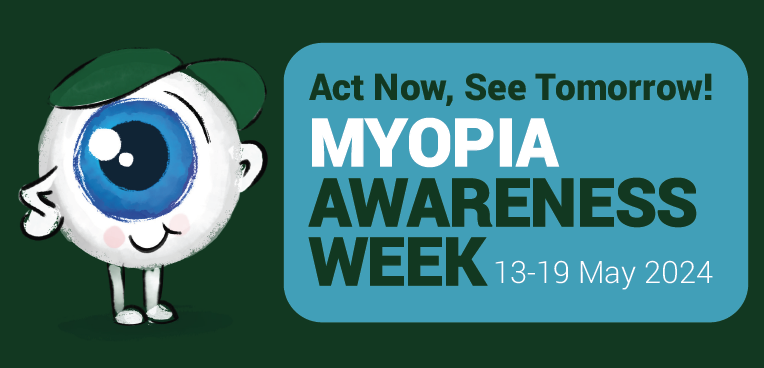- 5 billion myopes by the year 2050; up from 1.4 billion in 2000
- 1 billion high myopes by 2050; a five-fold increase from 2000
- Number with vision loss from high myopia to increase seven-fold from 2000 to 2050; myopia to become a leading cause of permanent blindness worldwide.
- Australia and New Zealand – 22 million myopes by 2050, up from 5 million in 2000; 4 million high myopes by 2050, up from 550 000 in 2000.
Sydney, Australia, 15 February 2016: One of the final articles of Professor Brien Holden has confirmed a worrying prediction about the increasing prevalence of myopia, finding that by 2050, half the world’s population will be myopes. Published this week in the journal “Ophthalmology”, the study combines prevalence and population data to project change over the next 35 years, reporting that 1 billion people will be highly myopic (≤ –5.00 D) by 2050, a five-fold increase from 2000.
Having completed a PhD in 1970 in the area of myopia, Professor Holden spent over three decades focussed on contact lens research before returning to the topic with typical vigour early in the 21st century. Alerted by data from Asia about extremely high rates of myopia, he predicted it would eventually have a significant impact on the world and become a leading cause of permanent blindness.
In 2003, he established the Vision Cooperative Research Centre (Vision CRC) which with experts from the Brien Holden Vision Institute, University of Houston, Zhongshan Ophthalmic Centre and a number of other organisations around the globe commenced a research program to better understand the mechanisms of myopia and to develop myopia control products. Although the CRC ceased in 2015, the program continued spearheaded by the Brien Holden Vision Institute and Professor Holden remained a relentless advocate. In early 2015, he was the architect of a joint World Health Organization-Brien Holden Vision Institute global scientific meeting on myopia, an acknowledgement by the world’s peak health body of the importance of the issue.
Simultaneously, he and researchers at Brien Holden Vision Institute continued to work on improving contact lens and spectacle designs to control myopia progression, as well as conducting epidemiological studies to build a more accurate picture of this emerging public health threat. The recently published Ophthalmology paper is a fitting achievement for someone who campaigned for so long and at many levels for recognition about this issue.
Reflecting on the results of their study, Professor Holden and co-authors from Brien Holden Vision Institute, University of New South Wales Australia and Singapore Eye Research Institute, conclude that planning for comprehensive eye care services is required to meet this major increase in high myopia.
View the paper ‘Global prevalence of myopia and high myopia and temporal trends from 2000 through 2050’ in Ophthalmology here: http://www.aaojournal.org/article/S0161-6420%2816%2900025-7/fulltext


